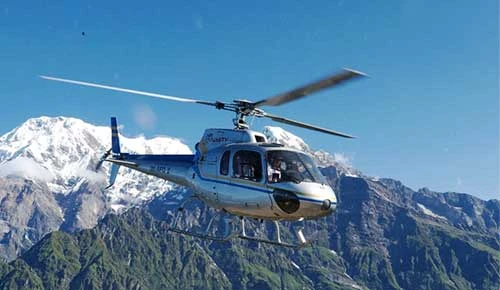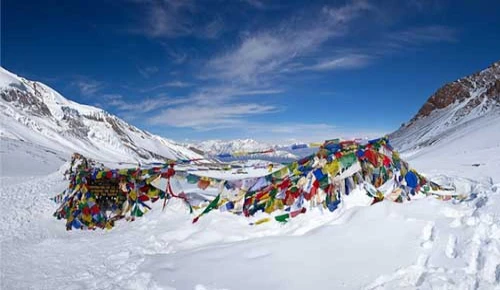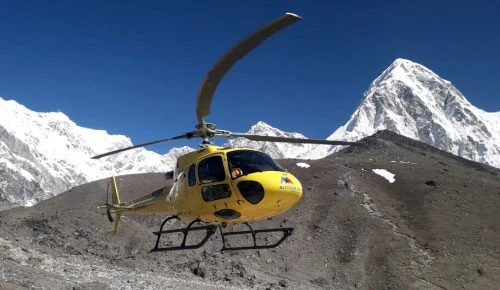Manaslu Conservation Area in Nepal
Manaslu Conservation Area (MCA) is one of Nepal's most beautiful protected areas. It is located in the holy range of the Manaslu peak, which is the eighth tallest mountain in the world. The conservation area was established to protect the natural beauty and the many wildlife and plants that live in this Himalayan region. This is important to protect the fragile biodiversity and work together to keep the traditional ways of life of the native people who live here.
The Manaslu Conservation Area is home to a diverse range of plants and animals, including uncommon ones like the snow leopard and red panda. It extends over more than 1,663 square kilometers. This protected area protects animals and also keeps vital cultural history alive. It is a location where nature and tradition come together in a manner that few other places can.
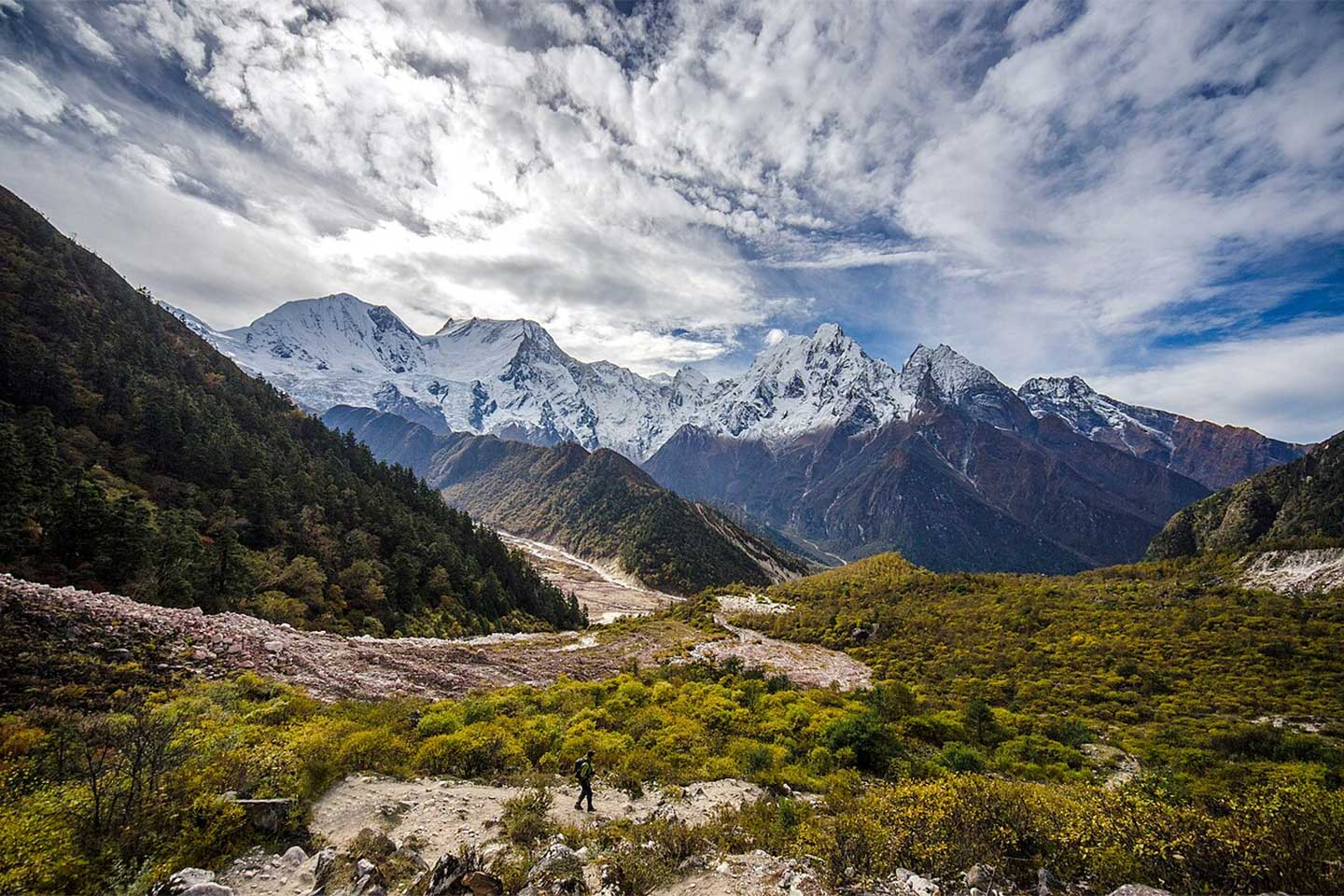
To nature lovers and trekkers, this gives them the opportunity to visit golden sceneries as they carry out their conservation projects at the MCA. Taken in moderation to create a sustainable balance between tourism and environmental conservation, the Manaslu Conservation Area is a wonderful destination, encouraging the travelers to visit the genuine beauty of the Himalayas in moderation and with respect.
In this blog, we are going to explore everything that makes the Manaslu Conservation Area a truly special place: its geography and wildlife, the culture, and conservation issues, as well as how you as a visitor can help preserve this amazing corner of Nepal so that future generations can enjoy it as well.
Table of Contents
Geography and Location of Manaslu Comservation Area
The Manaslu Conservation Area is hidden away in the north-central part of Nepal, right along the border with Tibet in China. It covers a huge area of over 1,600 square kilometers and stretches across the Gorkha and Lamjung districts. What makes this place so special is its incredible variety of landscapes, from green river valleys at the bottom to some of the highest, snow-covered peaks in the world.
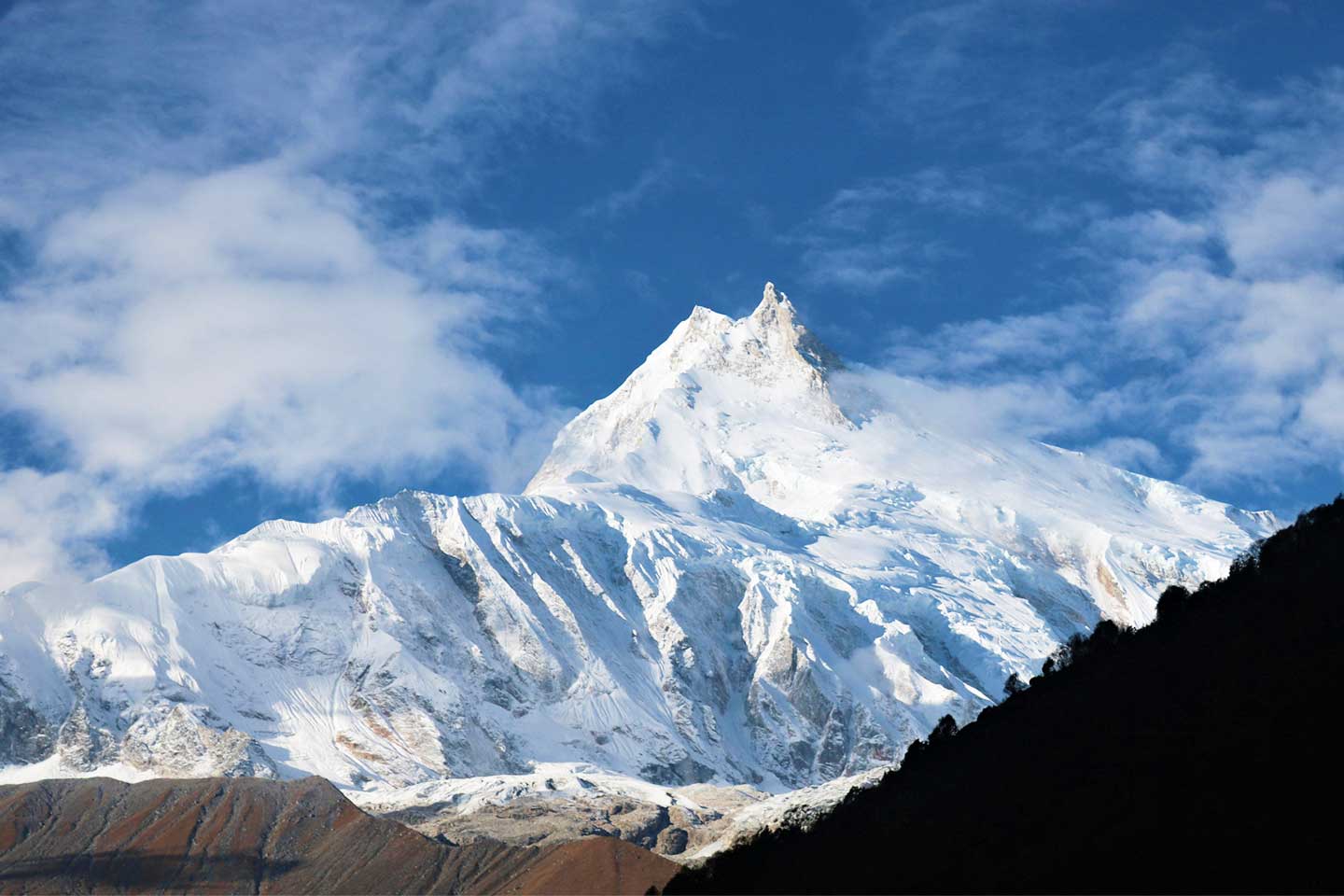
At the center of it all is Mount Manaslu, standing tall at 8,163 meters (26,781 feet). It’s the eighth highest mountain on Earth and a huge part of why this area was protected. The land here changes a lot as you move up from warm forests filled with rhododendrons and tall trees to cold alpine meadows and glaciers near the top. This range of different environments creates a home for many kinds of plants and animals.
The geography is rugged and wild, with deep river valleys cutting through the mountains and high passes like the famous Larkya La Pass that trekkers cross on the Manaslu Circuit. This variety makes trekking here both challenging and breathtaking.
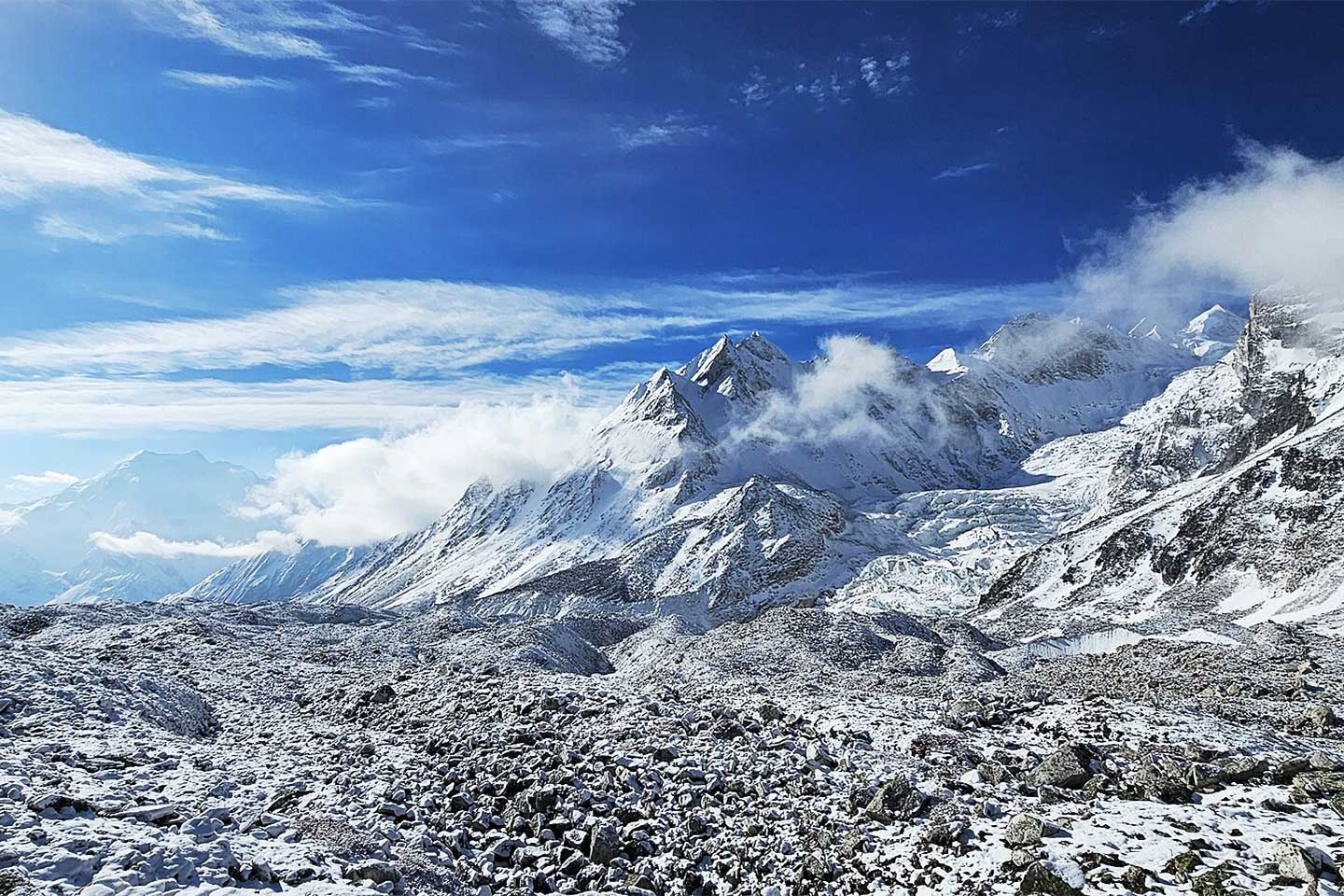
As it borders Tibet, the Manaslu Conservation Area also acts as a natural bridge for wildlife moving between Nepal and China. This makes it a key spot for protecting the region’s animals and plants while giving visitors a chance to experience one of Nepal’s most stunning and diverse wilderness areas.
History and Establishment of Manaslu Conservation Area
Manaslu Conservation Area was formed in 1998. It was primarily set up for the protection of the beautiful nature, wildlife, and culture of the Manaslu region in the Gorkha District of Nepal. Prior to that, the area was popular among trekkers, mainly because of Manaslu Circuit Trekking. However, there were challenges such as poaching, overgrazing, and deforestation.
Then National Trust for Nature Conservation took the responsibility of managing this area. The objective was conservation of rare animals like snow leopards and red pandas and forests and rivers. At the same time, the locals would be encouraged to develop sustainable tourism as a means of livelihood.
Local people have stayed at the foundation of the program from the very beginning. They also engage in environmental activities, waste management, and ecotourism. Because of which, Manaslu Conservation Area has risen into a leading example of successful conservation of nature, culture, and tourism.
Biodiversity and Wildlife in the Manaslu Conservation Area
The Manaslu Conservation Area has a large plant diversity due to the broad area of altitudes ranging from approximately 600 meters (lower valleys) to over 8,000 meters (high mountains). The change in altitude leads to a difference in climates and each climate represents its own type of plants.
Flora (Plants and Vegetation)
The Manaslu Conservation Area has a large plant diversity due to the broad area of altitudes ranging from approximately 600 meters (lower valleys) to over 8,000 meters (high mountains). The change in altitude results in varying climates, with each climate supporting its own distinct types of plants.
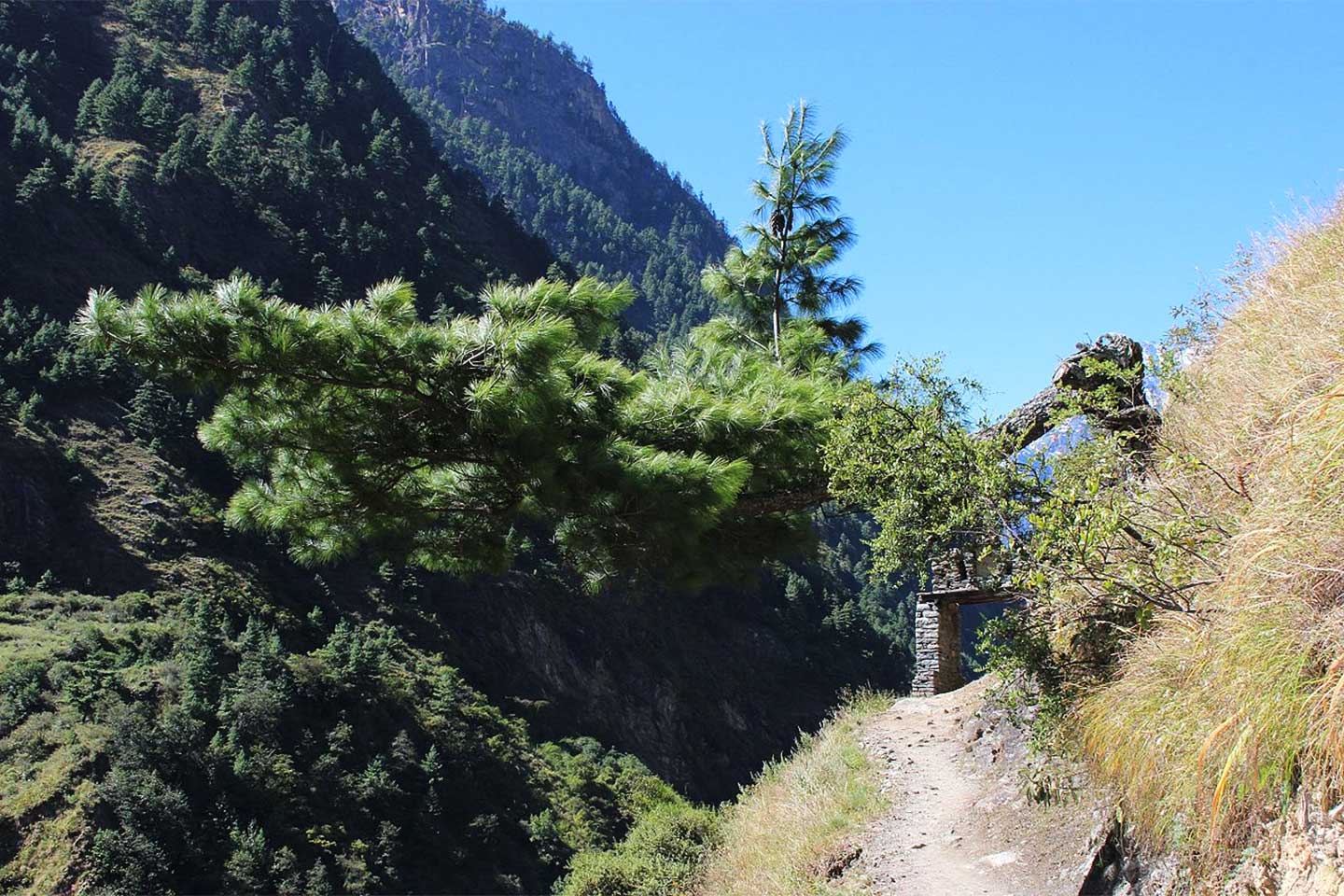
In the lower areas, you find subtropical forests dominated by pine, oak, and forest alders. These forests are green during a majority of the seasons and host much lower vegetation, ferns, and mosses. As you ascend in elevation, the subtropical trees of the region will change to temperate forests with blooming rhododendrons that are bright red, pink, and white during parts of spring. These dazzling colors line trekking routes, which provide an amazing spectacle for many people.
Now, one of the biggest changes you will see is from above temperate forests to the sub-alpine and alpine meadows. The trees will gradually shrink until they vanish completely, giving way to grasslands, shrubs, and clusters of wildflowers. Some meadows become littered with edelweiss, gentians, and primulas and spend the summer growing flat on the ground to survive winds during the evening cold bursts.

The Manaslu area is also known for many medicinal plants, which include jatamansi, yarsagumba, and kutki, which much of the local population utilizes in traditional medicine. Some of these plants are rare and grow only in high-altitude areas, making them valuable but also vulnerable to overharvesting.
Because of this rich plant diversity, the Manaslu Conservation Area is not just a trekking destination but also an important place for nature conservation and scientific research.
Fauna (Wild Animals)
The Manaslu Conservation Area preserves some of the most unique and endangered fauna of Nepal. Because the area includes such a wide range of elevations, from the hot valleys up to the icy mountain slopes, it can preserve so many species. Each animal has adapted perfectly to its environment, and the area is a heaven for nature lovers.
One of this region's more significant animal inhabitants is the snow leopard. This rare and endangered big cat inhabits the high mountains, well camouflaged against the rocky snowscape. The view of a snow leopard is hardly ever witnessed, but sometimes trekkers come across its paw prints in the snow. The other major inhabitant is the red panda, a cute little creature with red-brown fur and a long bushy tail. It inhabits forests and mostly lives in trees, feeding on bamboo leaves.

The Himalayan tahr, a large wild goat with backward-curving horns and a dense coat to protect it from cold, inhabits the rocky slopes and alpine meadows. In the deep forests, musk deer take up residence; they're named after an offensive-smelling secretion produced by the male. At the slightest hint of human presence, these deer vanish into the forest, being shy and swift in retreat.

Along with these rare species, the conservation area also supports other animals like the grey wolf, Himalayan black bear, blue sheep, pika (a small rabbit-like animal), and langur monkeys. All these creatures play an important role in keeping the ecosystem balanced. The presence of such rich wildlife shows how important it is to protect the Manaslu Conservation Area for future generations.
Birds
Manaslu Conservation Area is a real delight for bird lovers. More than one hundred species have been recorded in the forests, from meadows to high mountain slopes. Because of the manifold landscapes, from subtropical valleys to cold alpine zones, it has given residence to various bird species that are resident as well as migratory. Each season represents a different array of colors and sounds, thus making a brilliant and unique feel for birdwatching.
This particular realm of birds has one famous bird that is the Himalayan monal, the national bird of Nepal—and its beautiful feathers glitter with all colors of the rainbow in sunlight during breeding season. Almost all trekkers regard it as a touch of magic to see one in the wild. Other colorful, striking birds are the blood pheasant with its brilliant red marks and the snow pigeons that frequent rocky cliffs and villages at high altitudes.

High above the valley, you might see large raptors gracefully gliding: the golden eagle and the Himalayan griffon. Small birds such as tits, finches, and warblers hop from tree to tree inside the forest. The forests wake with birdsong in spring, and while you might catch sight of migrating bird species in autumn, you might spot migratory species passing through the region.

Birds in the Manaslu Conservation Area are not just beautiful to watch; they are also vital to the ecosystem. They help control insect populations, spread seeds, and keep the natural balance intact. This rich birdlife, along with the area’s diverse animals, makes Manaslu a living sanctuary worth protecting.
Culture and Communities in Manaslu Conservation Area
The Manaslu Conservation Area is not just about nature and mountains; it is also about people. Most of the various communities in this area are Gurung, Nubri, and Tsum, with heavy Tibetan influences on their traditions and lifestyle. Villages here abound in colorful prayer flags, ancient monasteries, and intricately carved mani walls. The people here still adhere to ancient customs, celebrate local festivals, and dress in old-world attire. Life is pretty old-fashioned, where people mostly farm and herd animals. One can stay at a homestay, savor local dishes, and absorb the atmosphere of the community firsthand. One of the most precious experiences in Manaslu would be to meet these communities.
Major Attractions of Manaslu Conservation Area
- Mount Manaslu—the world’s 8th highest peak
- Manaslu Circuit Trek and Tsum Valley Trek
- Larkya La Pass with stunning mountain views
- Ancient Buddhist monasteries and mani walls
- Beautiful glacial lakes and rivers
- Rich wildlife, including snow leopards and red pandas
- Remote villages with unique culture and traditions
- Colorful rhododendron forests in spring
- Peaceful trekking trails away from big crowds
- Panoramic views of the Himalayas throughout the journey
How Can Visitors Support Conservation?
As a tourist in the Manaslu Conservation Area, what you do will matter. By aiding in conservation, one will be able to preserve the amazing wildlife, scenic landmarks, and culture of the region to be enjoyed by future generations. The following are the practical things you can do to make Manaslu safe and prosperous during your trek in the area:
- Follow all local rules and trekking regulations.
- Stay on designated trails to protect fragile vegetation.
- Keep a safe distance from wildlife; never feed or disturb animals.
- Carry out all your trash; do not leave litter behind.
- Use reusable water bottles and avoid single-use plastics.
- Choose eco-friendly accommodations and services.
- Hire local guides and porters to support the community economy.
- Respect cultural sites, monasteries, and local traditions.
- Keep noise levels low to avoid stressing wildlife.
- Use designated fire pits and avoid open fires.
- Support community conservation projects by donating or volunteering.
- Avoid picking plants or flowers or disturbing natural habitats.
- Practice water conservation; use water responsibly.
- Educate yourself and others about local biodiversity and conservation needs.
- Offset your carbon footprint through verified carbon offset programs.
Manaslu Conservation Area Trekking Packages: Explore the Hidden Himalayan Paradise
- Manaslu Circuit Trek - 13 Days
- Manaslu Express Trekking - 10 Days
- Manaslu Tsum Valley Trekking
- Manaslu Circuit Luxury Trek
- Manaslu Base Camp Trekking
Final word
More than just a trekking experience, visiting the Manaslu Conservation Area is a chance to engage with nature and heritage at an unparalleled level, playing your part in preserving one of the most exquisite corners of Nepal. By treating it with respect and supporting conservation, every visitor plays a part in protecting this majestic desert area for future generations. So keep the choices in mind as you embark on your journey. Travel with compassion, savor every moment, and simply take your memories.
Ready to experience the breathtaking beauty and rich wildlife of the Manaslu Conservation Area? Book your trek with Nepal Trek Adventures (NTA), your trusted local partner committed to responsible tourism and conservation. Start planning your unforgettable Manaslu journey today and help protect this incredible region for generations to come!






